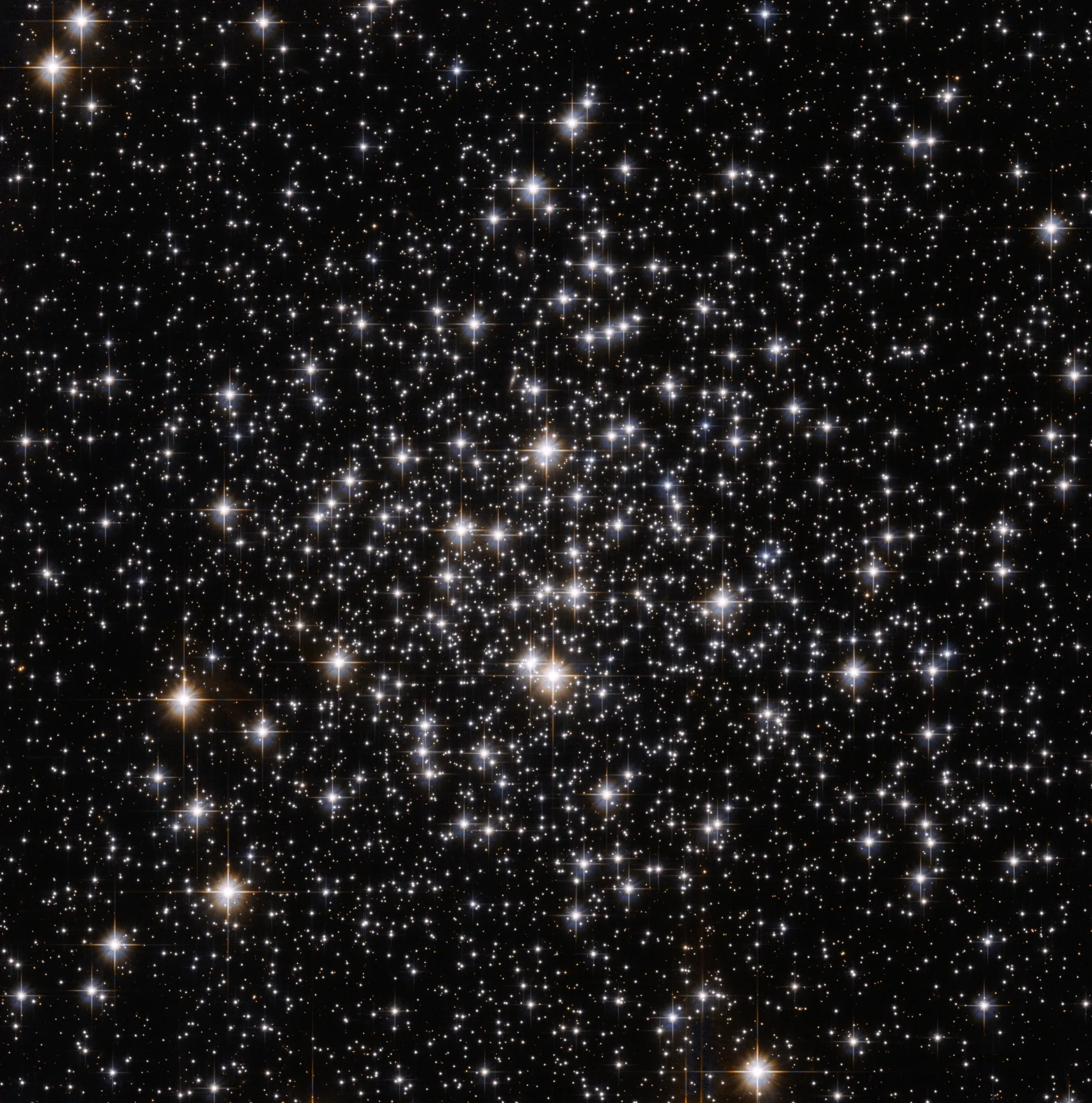M71 | NGC 6838 | Globular Cluster | Sagitta | 13,000 Light Years Away
Messier 71 is a globular star cluster situated in the constellation Sagitta, discovered by the French astronomer Philippe Loys de Chéseaux in 1746 and later independently cataloged by Charles Messier in 1780. Positioned approximately 12,000 light-years away from Earth, this celestial assembly is part of the Milky Way galaxy. Messier 71 is unique among globular clusters, as it features a less dense and more loosely arranged structure than typical globular clusters.
Comprising hundreds of thousands of stars, Messier 71 lacks the densely packed core characteristic of many globular clusters. The stars within this cluster exhibit a more spread-out distribution, resembling an open cluster more than a typical globular cluster. The study of Messier 71 and its distinctive characteristics contributes to our understanding of the diversity of stellar groupings within the Milky Way and offers insights into the conditions under which such clusters form and evolve.
Observations of Messier 71 provide astronomers with valuable information about the dynamics and evolution of less compact globular clusters. The study of clusters like Messier 71 helps unravel the complexities of galactic structure and provides clues about the processes involved in the formation and maintenance of these stellar communities. Messier 71, with its unique features and position in the Sagitta constellation, adds to the ongoing exploration of globular clusters within the vast cosmic landscape.

